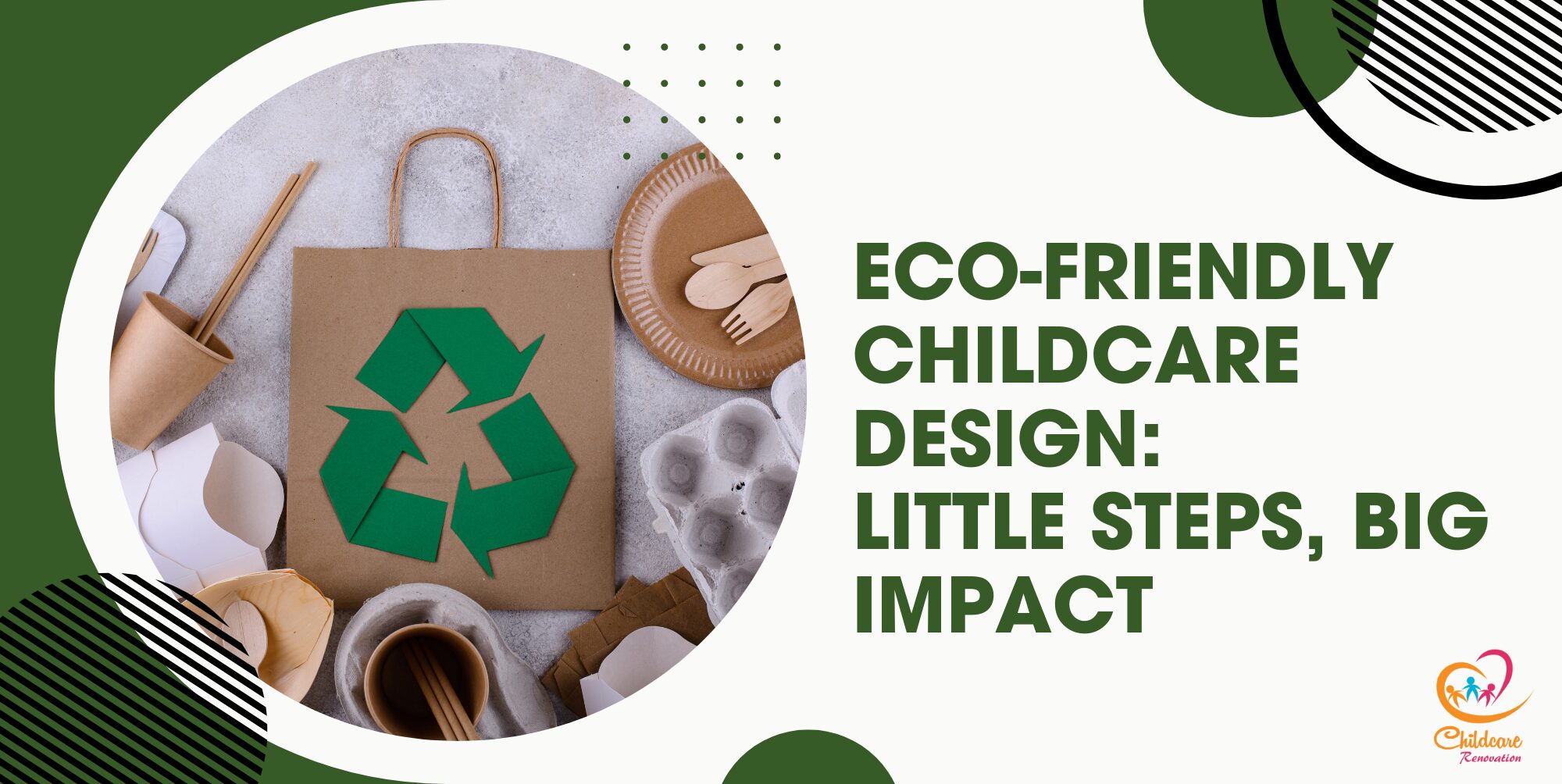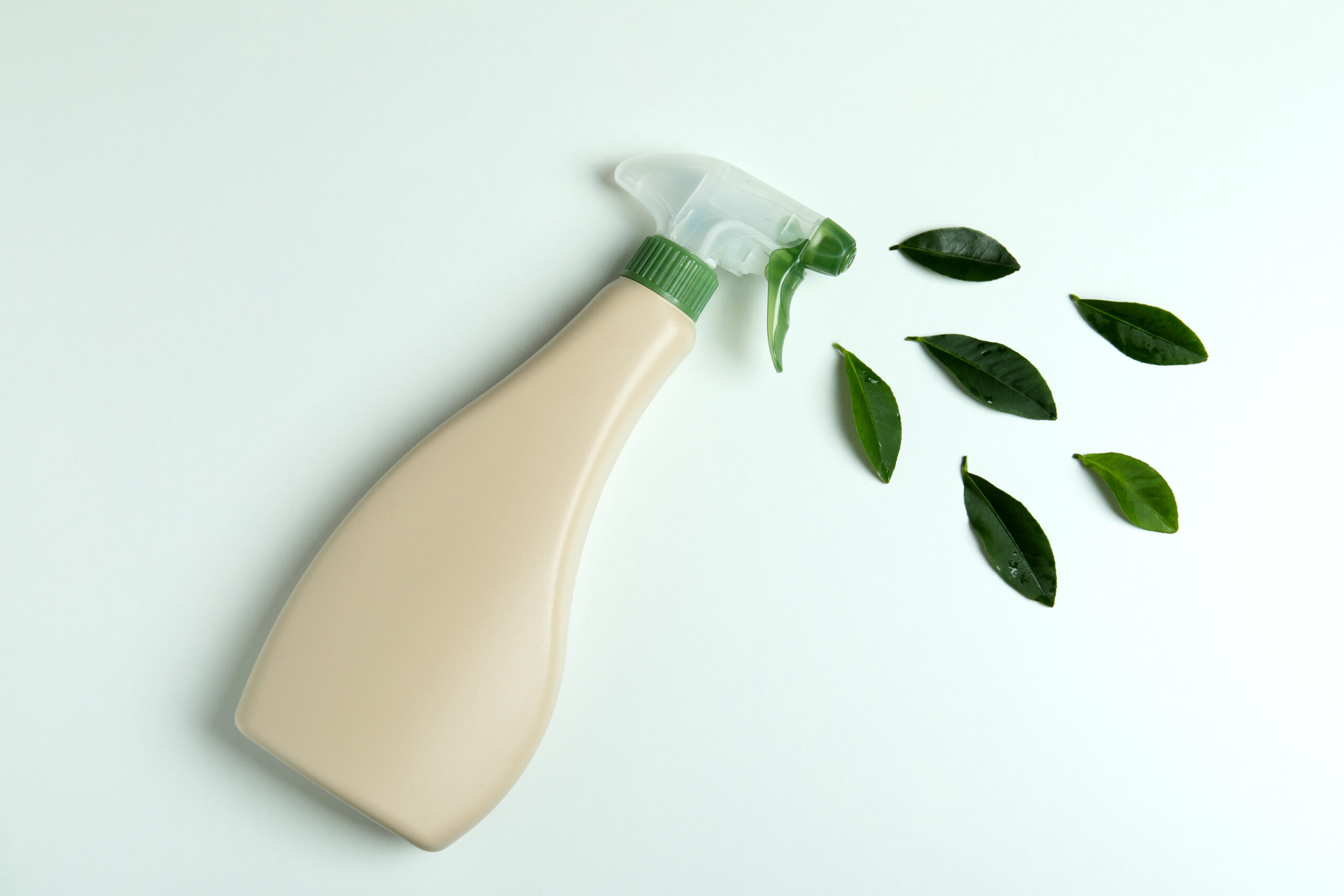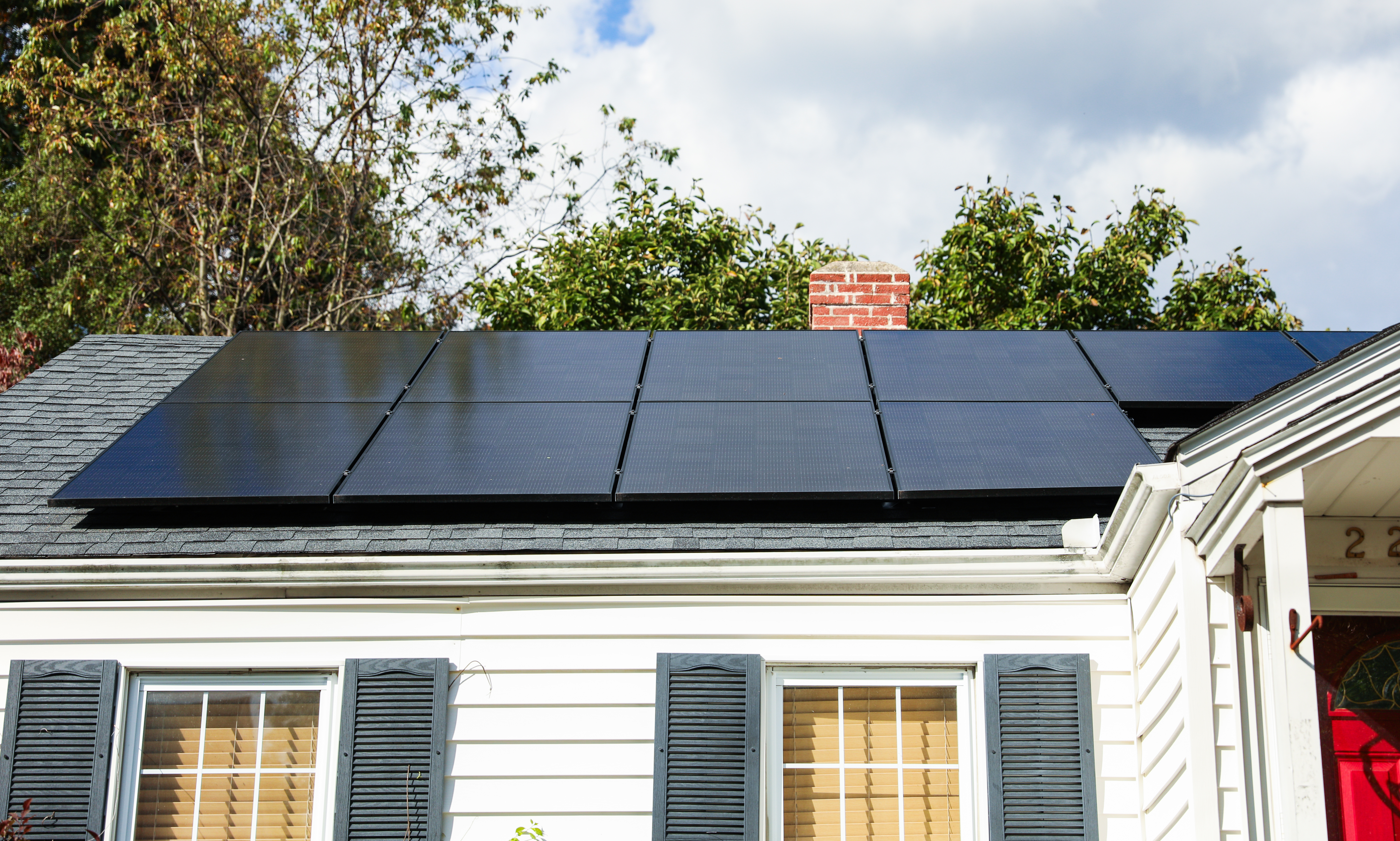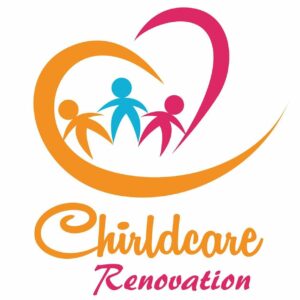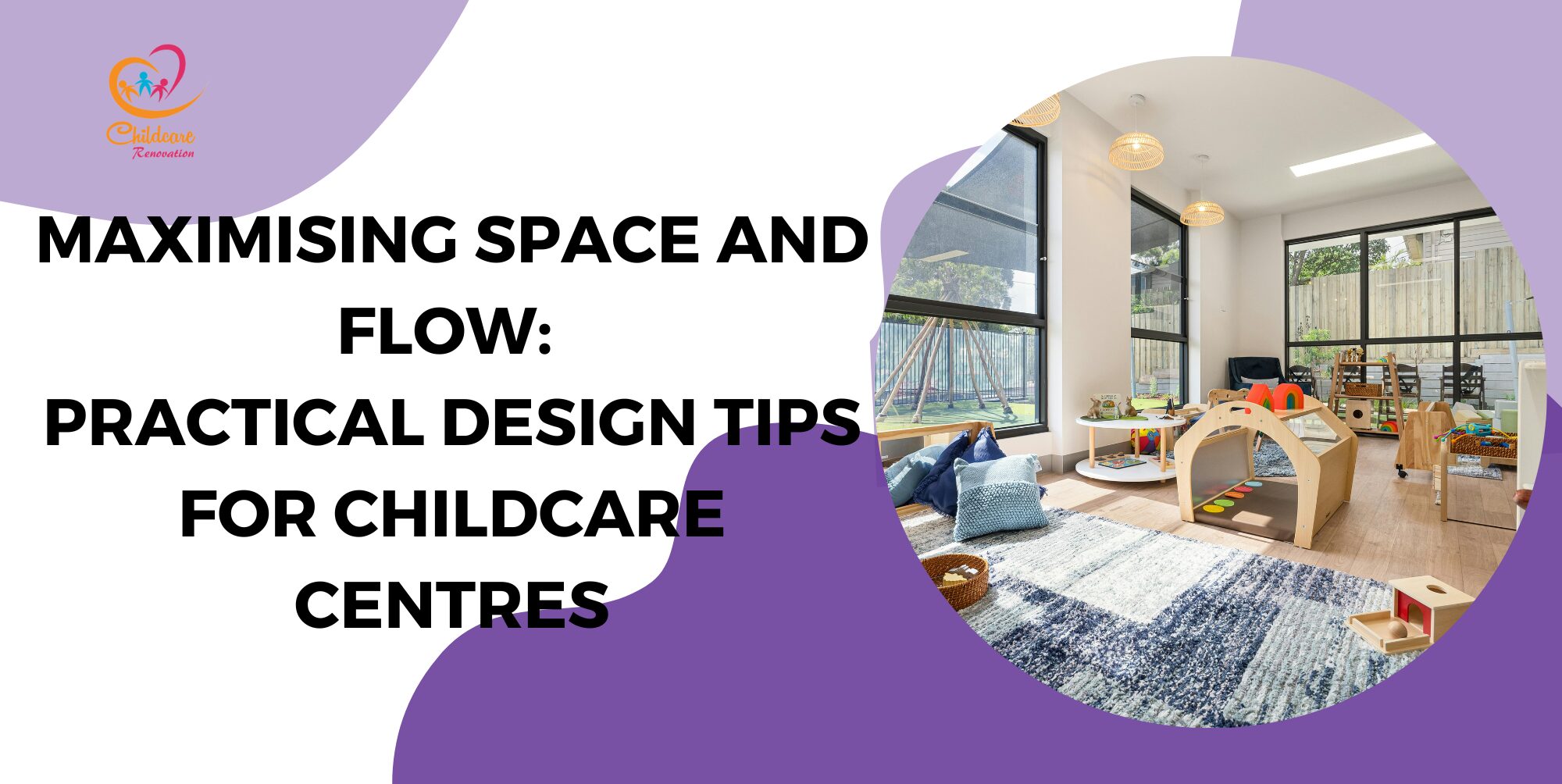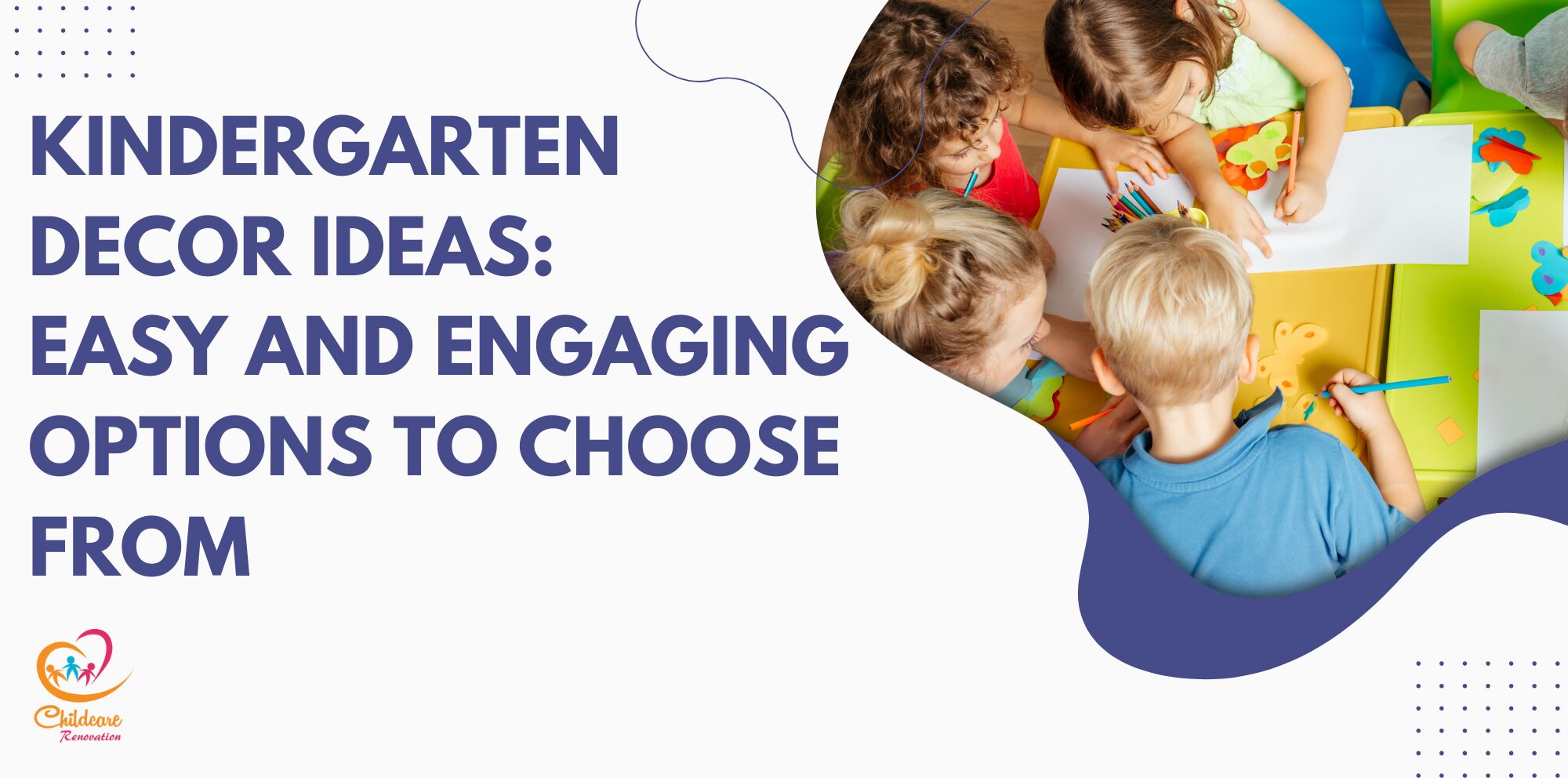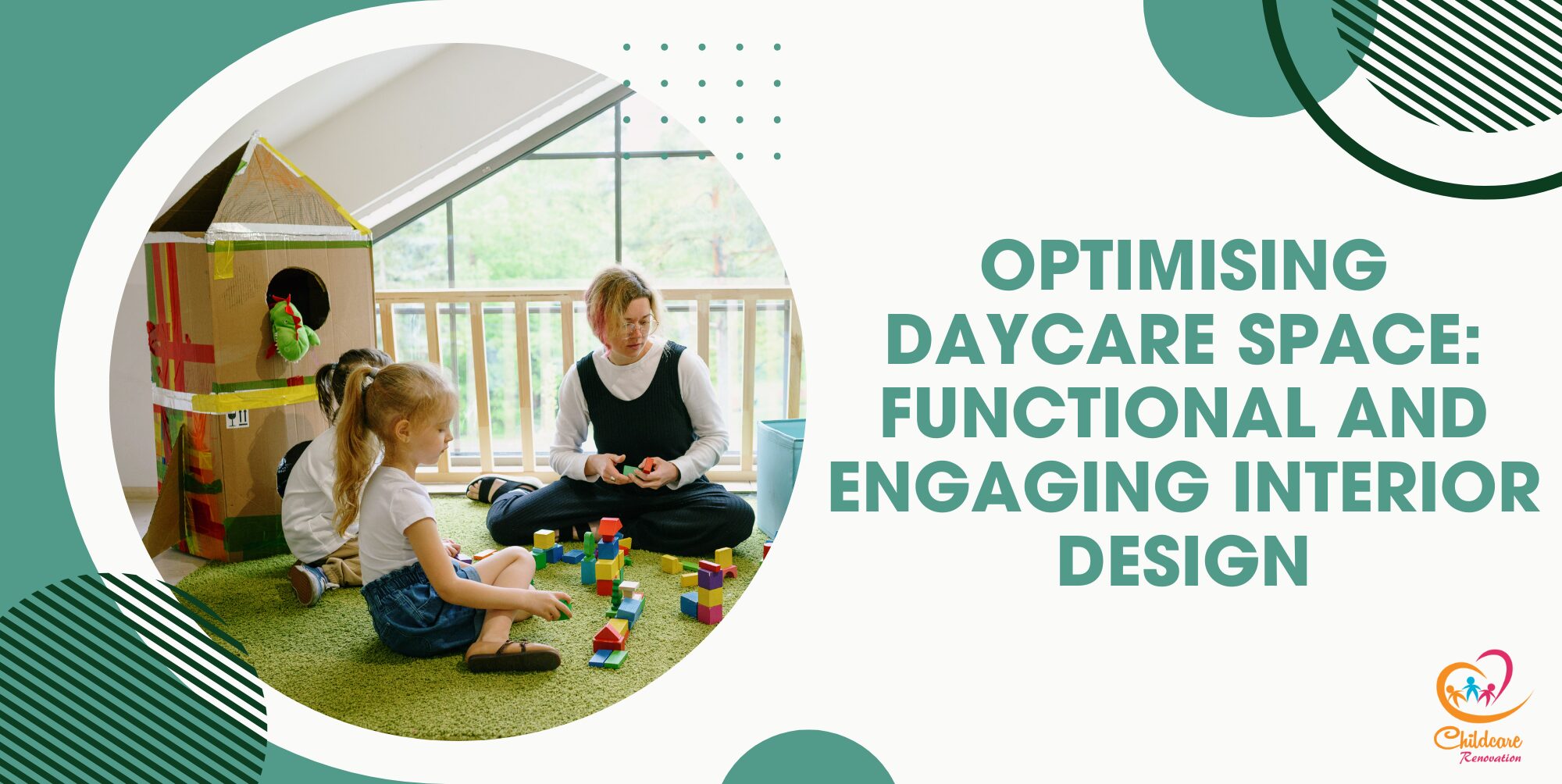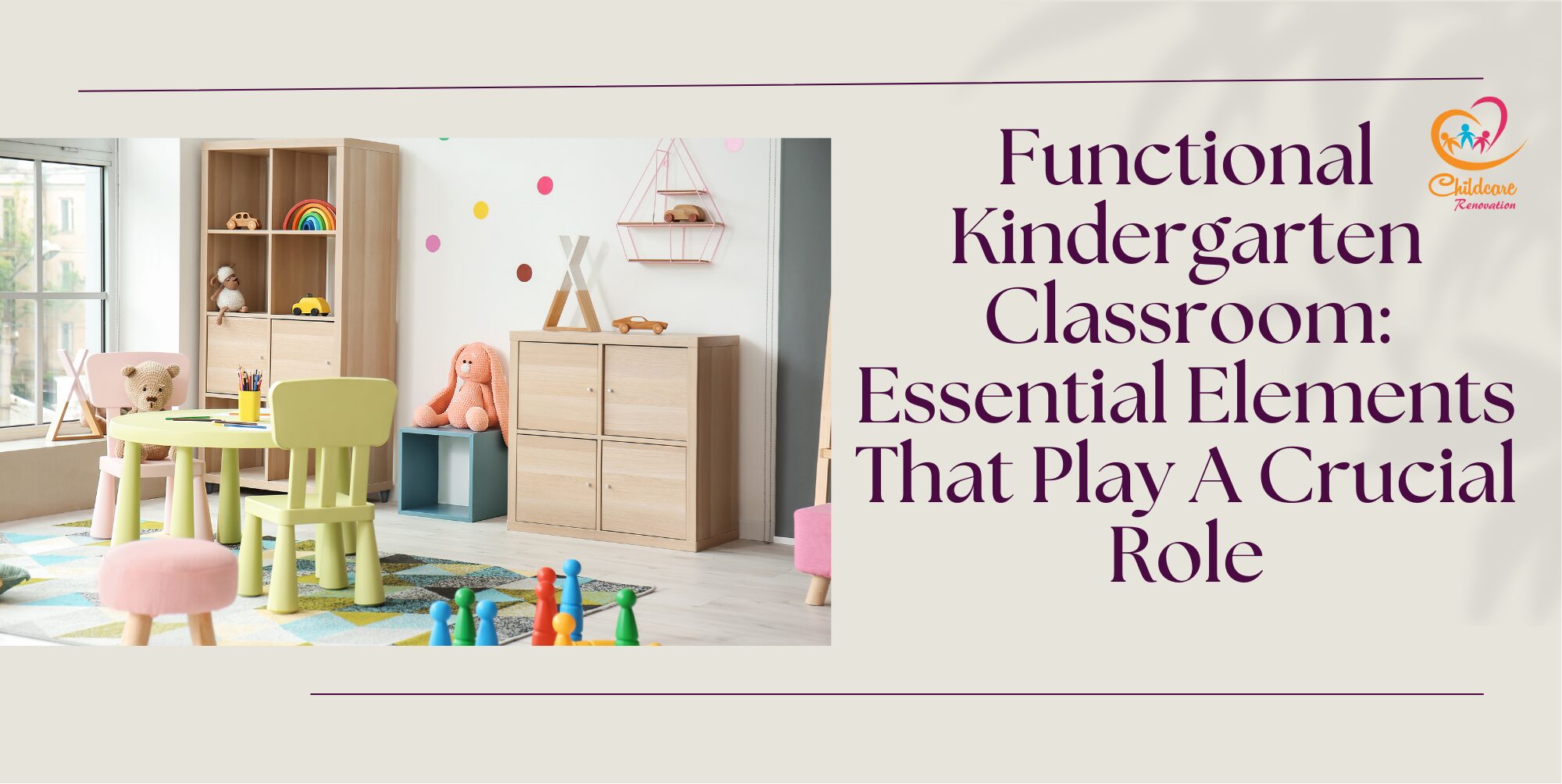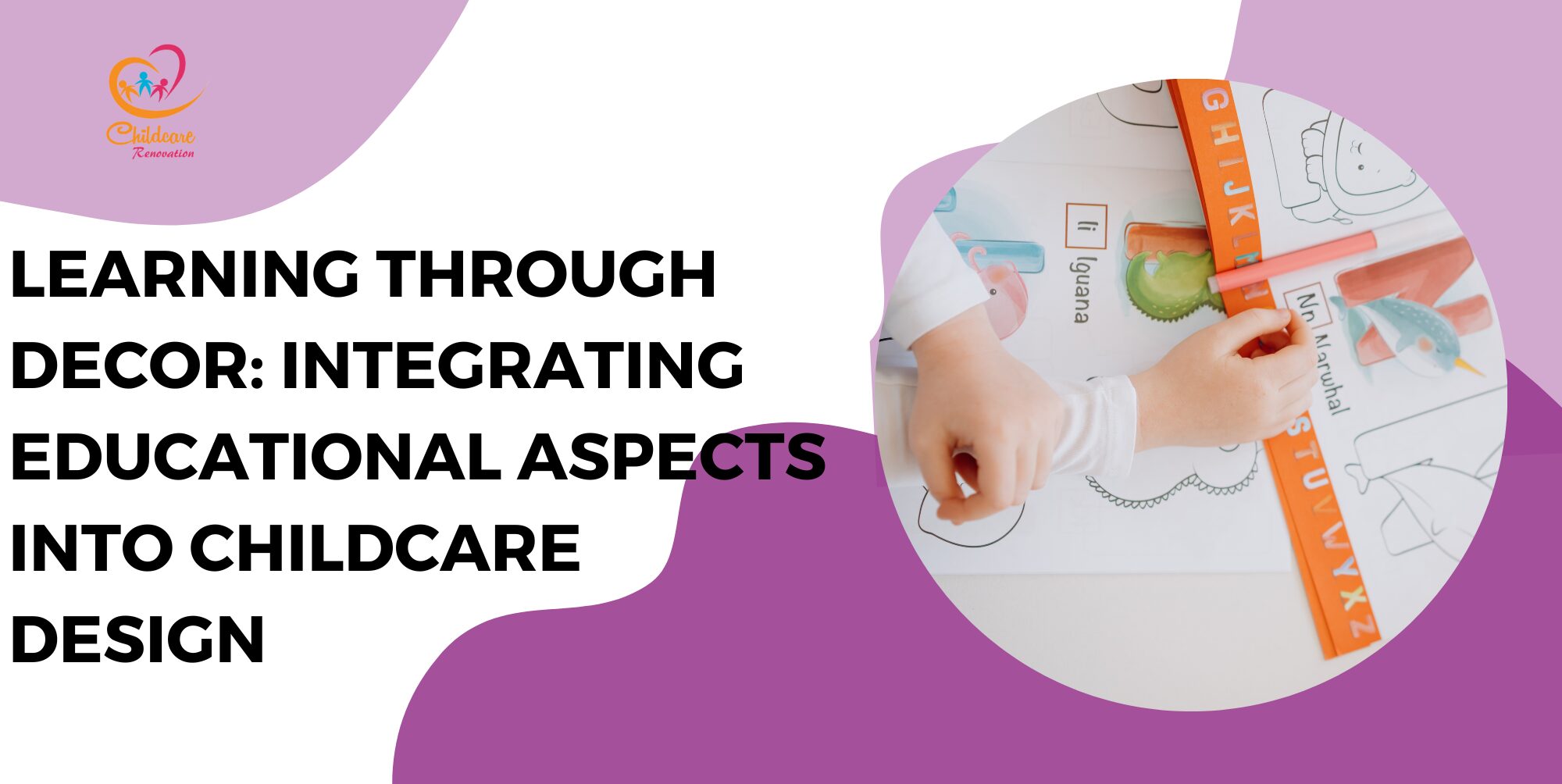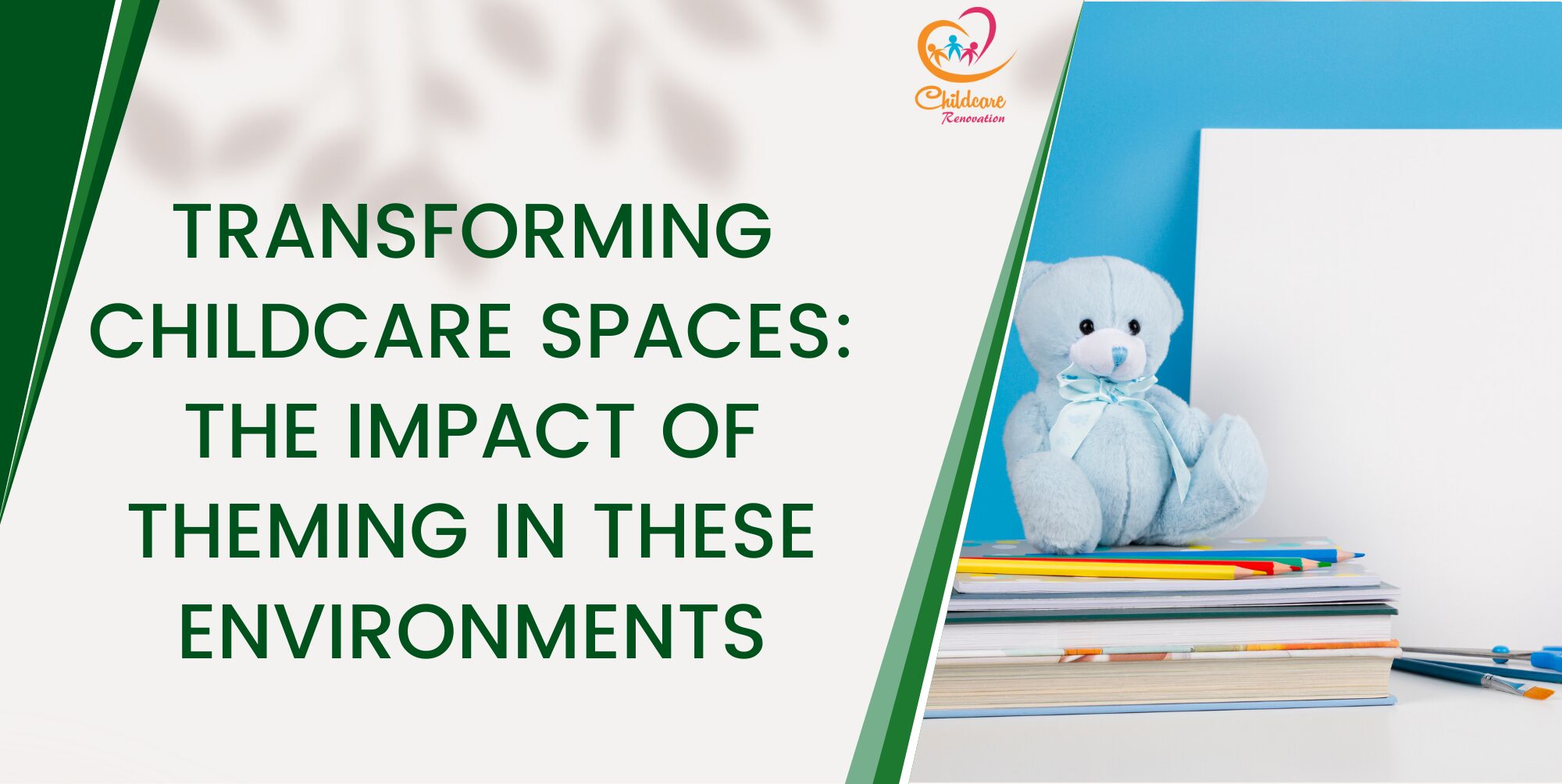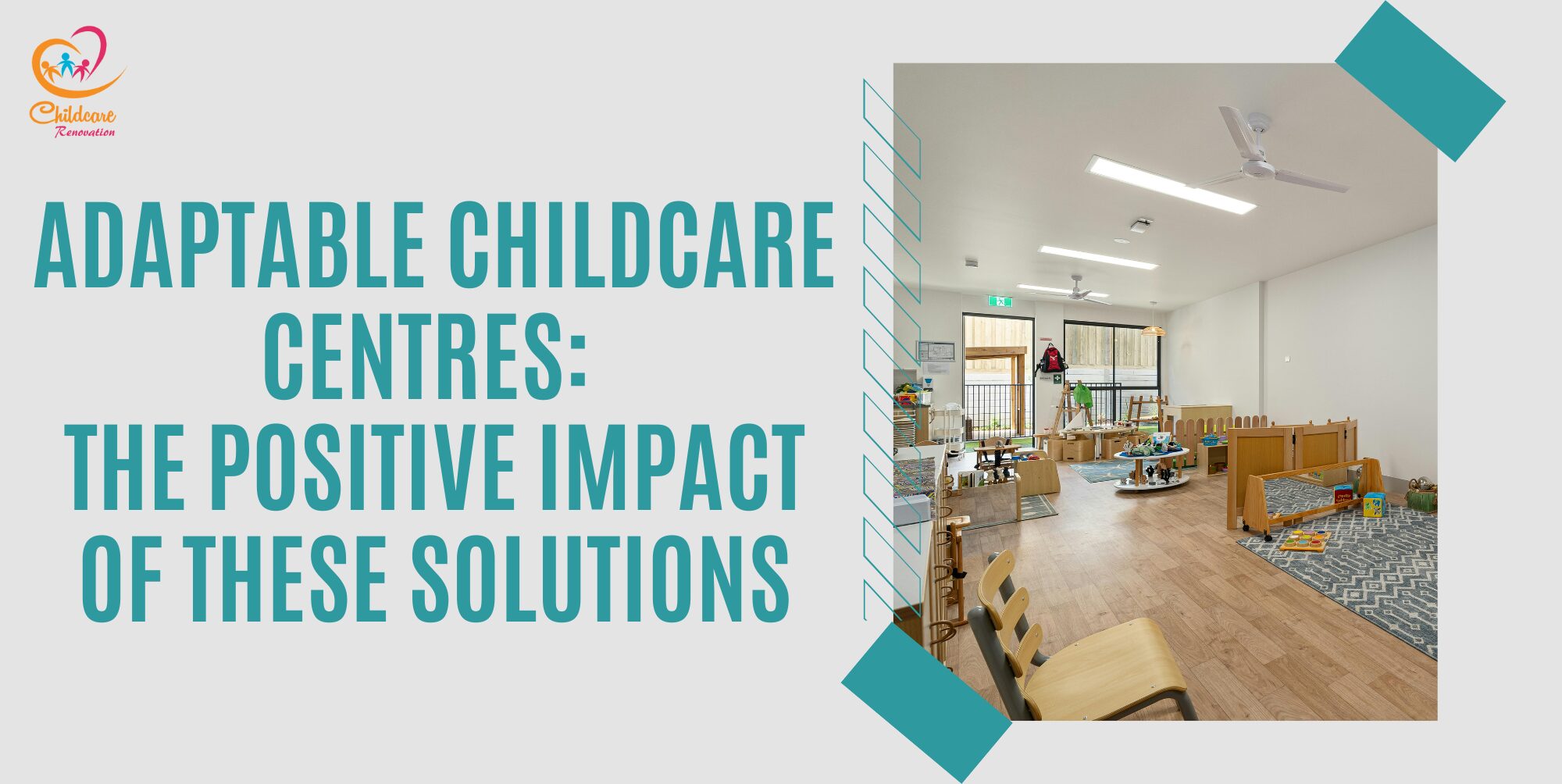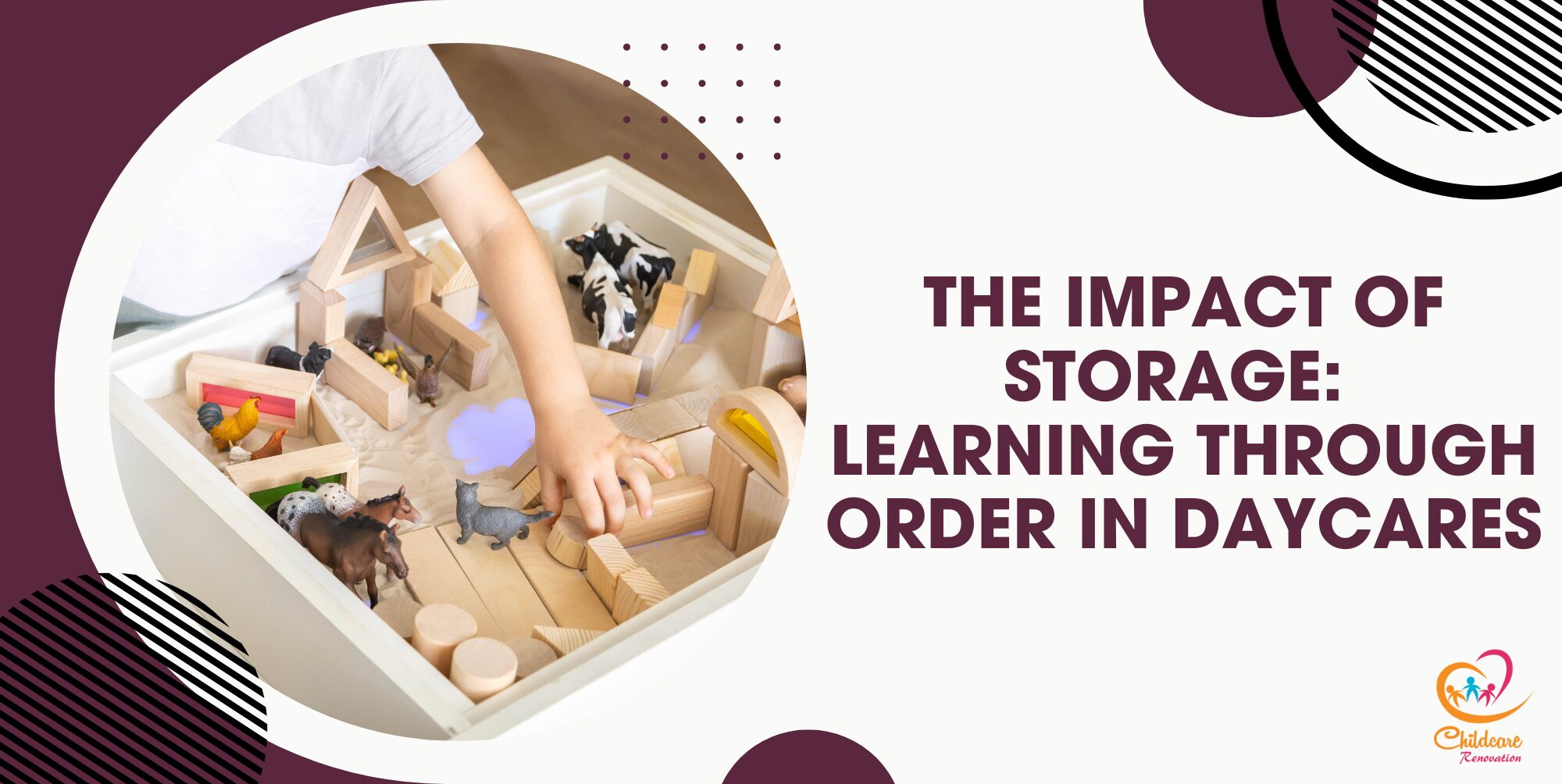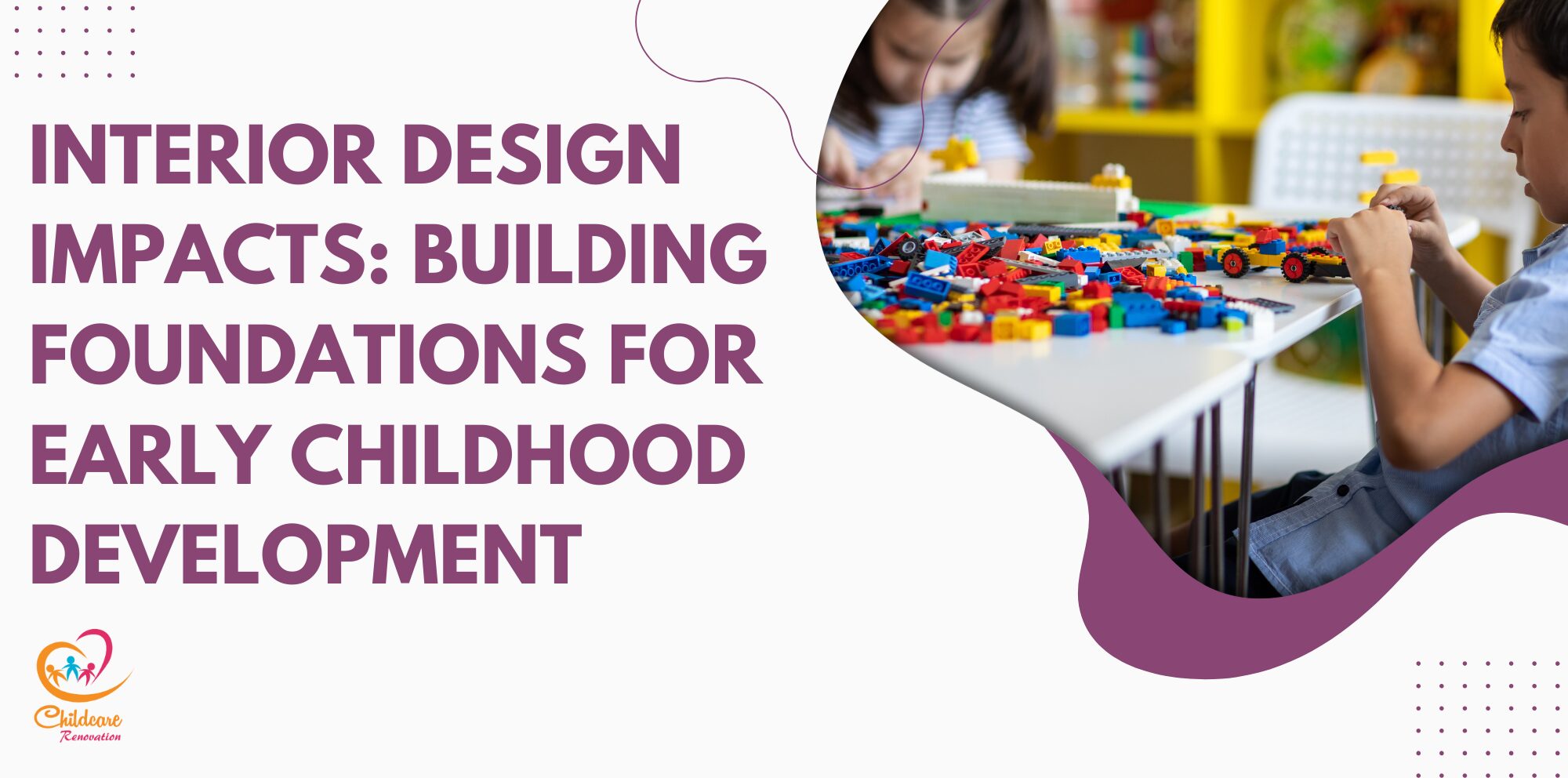Eco-friendly childcare design comes in many aspects and can be implemented relatively easily. Here are some ways to incorporate some eco-friendly aspects efficiently.
Eco-Friendly Childcare Design: Utilising Flexible Furniture
Flexible furniture is indispensable in eco-friendly childcare design because of its potential to enhance sustainability, adaptability and efficiency. These multifunctional elements are generally made from durable and sustainable materials like bamboo, reclaimed wood or recycled plastics that reduce the need for frequent replacements — reducing waste and environmental impact.
For example, folding tables, stackable chairs and modular storage units can easily be rearranged to accommodate different activities, thus maximising space and averting the need for superfluous furniture. Such flexibility allows childcare centres to respond to changing needs without necessarily overhauling their interiors, saving them resources and costs in the long term.
The other advantages are: this furniture uses non-toxic finishes and low VOC adhesives to improve indoor air quality and give children a healthy atmosphere. Since this furniture is flexible, lightweight, and portable, educators also further the inclusive setting by opening the spaces to access by children of all ages and various abilities. It also offers children the possibility of being creative in activities or collaborative learning processes by changing their own environment to meet the particular activities that interest them.
Besides, high-quality, timeless design reduces the ecological footprint that results from frequent replacement. By prioritising longevity, childcare centres can avoid landfill waste while sustaining functional and aesthetically pleasing spaces. Flexible furniture simply demonstrates eco-friendly design principles through a marriage of function and sustainability that will keep the childcare environment adaptable, efficient and responsive to the needs of all users. This approach will protect the planet as well as render a nourishing dynamic field for kids to learn and grow in.
Eco-Friendly Childcare Design: Practicing Non-Toxic Cleaning Processes
Eco-friendly childcare design is using non-toxic cleaning practices to make the setting both safe and healthy for children yet friendly to the environment. Traditional cleaning products contain many harsh chemicals such as ammonia, bleach or other types of variants which may release harmful toxins into the air or irritate the sensitive skin or respiratory systems of children.
However, other cleaning agents would render lower risk — eco-friendly and biodegradable solutions using natural products or organic solvents such as vinegar and baking soda can already reduce risk while also plant-derived cleansers clean surface efficiently but safely to humans, children and the Earth alike.
Incorporating non-toxic cleaning practices goes hand-in-hand with educating staff about sustainable habits such as using microfibre cloths instead of disposable wipes. Microfibre cloths are highly durable and require less water for cleaning. Childcare facilities can also adopt steam cleaning methods that use only heated water to sanitise surfaces — eliminating the need for chemical disinfectants.
Proper ventilation is critical to indoor air quality, especially when cleaning and afterwards. This is easily achieved by using air purifiers or opening windows to avoid the build-up of possibly harmful residues. Also, refilling reusable spray bottles instead of buying plastic single-use containers reduces waste.
These practices not only create a healthier space for children to learn and play but also meet broader goals of sustainability. Prioritising methods of non-toxic cleaning allows childcare providers to protect the health of their little ones while helping in the bigger task of protecting the environment for generations to come.
Eco-Friendly Childcare Design: Opting For Sustainable Building Options
Moreover, it is important that sustainable building materials build and offer very important roles toward constructing eco-friendly childcare environments and ecologically minimising the footprint of a building process — further assuring a much healthier care space for children, too.
Examples in their application include but are not limited to non-toxic material usages such as low VOC paints or finishes, all contributing to indoor air quality because these offer lower harmful emissions. Materials include bamboo, cork or even reclaimed wood — perfect for floors. Bamboo is highly renewable because of its fast growth and renewable resource while cork is a natural, cushioned surface that is durable yet biodegradable. Using reclaimed wood or recycled materials for furniture and structures reduces demand for new resources, further minimising waste and supporting the circular economy.
Natural stone or clay-based products will provide a timeless aesthetic, durability in the space while keeping environmental consciousness. It goes beyond the immediate sustainability — with these materials, long-term cost-effectiveness can also be achieved because they usually require less maintenance and have longer lifespans.
When carefully selected, sustainable materials contribute to a greener, more eco-conscious environment and further provide a safe, healthy space for children in which to learn and grow. The use of such materials in childcare design reflects concern for the well-being of the children and the planet for a sense of responsibility and awareness that can even be passed on to future generations.
Eco-Friendly Childcare Design: Using Renewable Energy Resources
Solar, along with other renewable energy sources is an integral part of childcare design for ecological balance and sustainability. Of all renewable solutions, solar energy is the most common — it works by generating electricity from sunlight.
Solar panels, once fitted on the roof of the childcare facility, greatly reduce the energy consumption to a minimum by powering lighting, fans and other electrical equipment. This will not only reduce carbon emissions in this facility but also teach children the use of renewable energy. Another renewable energy option is geothermal for heating and cooling — utilising natural Earth temperature to service indoor climate accordingly in an effective manner. This is energy-effective to reduce the urge for traditional heating and cooling systems that consume too much electricity.
Although it is not as highly applicable in urban areas, wind energy can also be an option if the childcare facility is in a location with sufficient wind resources. These renewable energy systems, integrated together, help childcare centres create a comfortable and energy-efficient environment while promoting green energy practices. Besides, such systems contribute to saving finances through lower utility bills and thus can be seen as long-term investments both in the environment and financial sustainability of the facility.
In addition, it allows kids to learn more about renewable sources in an active way or simply to get familiarised with such technologies and instil environmental stewardship in them to encourage the next generation toward sustainable living practices.
Eco-Friendly Childcare Design: Implementing Waste Management Practices
Waste management plays a very important role in the design of eco-friendly childcare and helps promote sustainable practices that will help reduce environmental impacts. In a childcare setting, the inclusion of waste-conscious systems will teach children from an early age ways of reducing, reusing, and recycling.
A very good strategy is setting up recycling stations around the space where children can sort paper, plastic and glass to understand the value of recycling and proper waste disposal. Composting is another fundamental feature, particularly for organic waste resulting from snacks and meals. Other than reducing the amount of waste that ends up in landfills, establishing a compost bin in child care centres can ensure learning opportunities on how food waste becomes nutrient-rich soil. Additionally, such facilities could also reduce their overall refuse simply by using re-usable items instead of single-use plastics like reusable plates, cups and napkins.
Manufacturing toys and furniture with durable materials reduces the frequency of replacement, thereby reducing waste generation. Such initiatives reduce waste and instil environmentally friendly culture among children from their tender age. The concept of solid waste management in child care may be extended to education programs and activities wherein children sort waste, plant trees and understand the life cycle of goods.
Besides saving space, the inclusion of waste management in building design will assist childcare centres in leading a greener future and develop an enriching learning environment based on eco-friendly values.
Speak with The Experts
Planning to get started at your kindergarten but have no idea about it?
Childcare Center Renovation Singapore is a reliable company for renovation and interior design. They have about ten years of experience in this field and have a good reputation among customers.
Call us now to get your desired kindergarten design ideas now!

